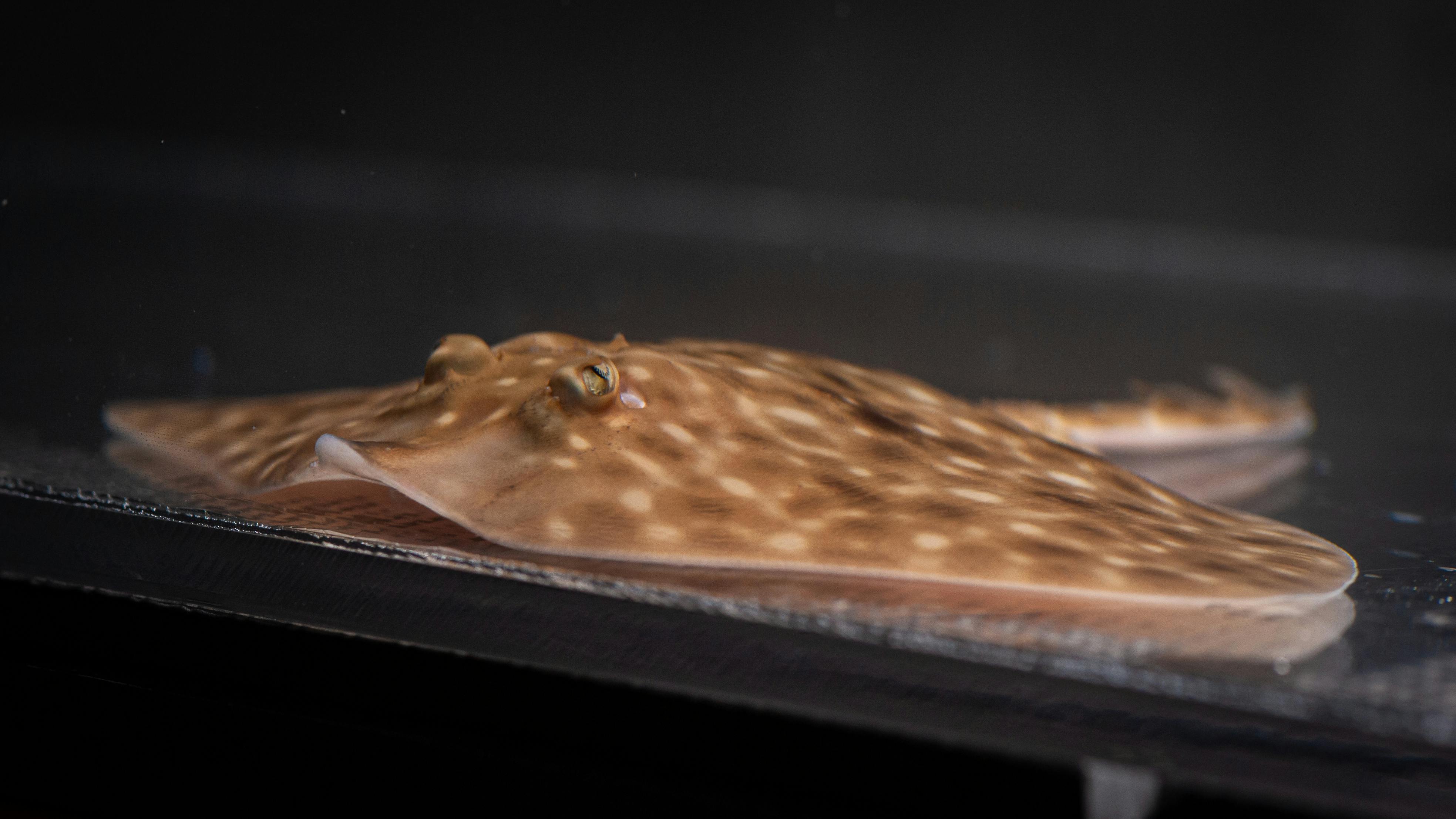| Grantee | Institute for Marine and Antarctic Studies, University of Tasmania ↗ |
| Location | Tasmania |
| Grant Amount | $913,099 |
| Duration | 3 years |
| Type of Grant | Core |
Emergency measures are urgently needed to preserve the valuable genetic resources of endangered fish species. In recent decades, germ cell transplantation (GCT) has emerged as a novel method for fish conservation. During GCT, a closely related and abundant recipient species is used as a broodstock surrogate and injected with germ cells from the testis of the endangered donor species. Those donor germ cells will differentiate and then mature to become either functional sperm or eggs, depending on the sex of the recipient. Importantly, the harvested germ cells can be permanently cryopreserved, allowing for cryobanks of cells from endangered species to be created. Therefore, simply by mating male and female recipients, an endangered or even extinct species could be regenerated solely from frozen genetic material.
The endangered Maugean Skate Zearaja maugeana, is arguably the world’s most endangered elasmobranch. It is endemic to only two remote estuaries in western Tasmania, Australia; Macquarie Harbour and Bathurst Harbour. However, the species may no longer be present in Bathurst Harbour. A proof-of-concept project to examine if GCT does hold promise for elasmobranch conservation, specifically that of the Maugean skate, has been a major success. This project aims to build on this success and produce Maugean skate offspring from a surrogate. Importantly, the methods developed in this project will not be specific to Maugean skate and once protocols are developed, GCT could be applied across various threatened elasmobranch species and populations. As such, GCT has the potential to take captive breeding from being a relatively limited conservation tool for elasmobranchs to a much more powerful tool that could greatly assist in rebuilding depleted populations around the globe.



